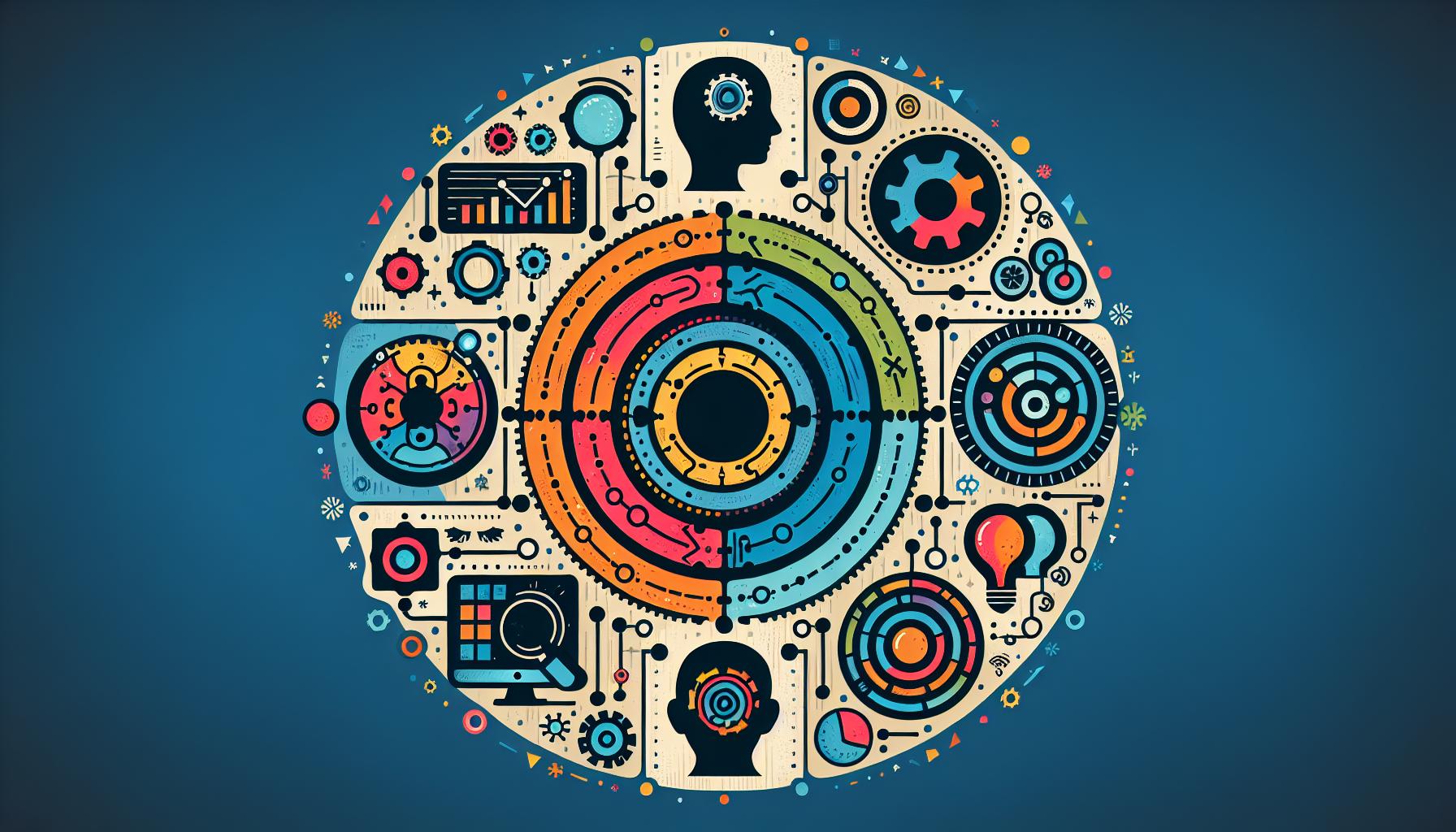A Comprehensive Guide to Navigating the AI Development Life Cycle

Introduction
Artificial Intelligence (AI) has revolutionized numerous industries, offering unprecedented advancements from self-driving cars to personalized shopping experiences. However, behind every successful A.I. application lies a meticulous and structured methodology known as the A.I. development life cycle. Understanding this lifecycle is crucial to transforming innovative ideas into functional A.I. solutions.
What is the A.I. Development Life Cycle?
The A.I. development life cycle is a systematic process encompassing all stages from ideation to the deployment of A.I. models. Each phase is designed to ensure the successful implementation of A.I. solutions, addressing various challenges and refining the algorithms to perform accurately and efficiently.
Stages of the A.I. Development Life Cycle
1. Problem Identification and Requirement Analysis
The first step in A.I. development is identifying the problem the A.I. solution will address. This involves gathering detailed requirements, understanding the objectives, and determining the end-users and usage scenarios. For instance, if you're developing an AI-driven recommendation system for an eCommerce platform, you need to understand the buyer's behavior, preferences, and challenges.
2. Data Collection and Preparation
A robust A.I. system relies heavily on high-quality data. In this stage, relevant data is collected from multiple sources such as databases, surveys, or public records. The collected data is then cleaned and organized, ensuring it is free from errors and anomalies, making it suitable for effective learning.
3. Model Selection and Training
Choosing the right A.I. model is pivotal. Depending on the problem, various models like Logistic Regression, Naive Bayes, or Recurrent Neural Networks (RNN) may be appropriate. Training these models involves feeding cleaned data to recognize patterns and make informed decisions.
4. Model Development
Once the initial model is selected, it's refined to enhance performance and meet the specific needs of the project. This involves further training, tweaking the model's architecture, and optimizing hyperparameters to ensure the model's accuracy and efficiency.
5. Model Evaluation and Validation
In this critical phase, the A.I. model is tested against a separate dataset to verify its performance. Various evaluation metrics such as accuracy, precision, and recall are used to determine the model's reliability. Techniques like cross-validation help ensure the robustness of the solution.
6. Deployment and Integration
The successful A.I. model is then integrated into the existing system infrastructure or deployed as a standalone platform. Based on application needs, this can involve cloud-based solutions, on-premises setups, or even edge devices.
7. Monitoring and Maintenance
Post-deployment, the A.I. solution requires continuous monitoring to ensure sustained performance. Regular updates and re-training may be necessary to adapt to new data, trends, and system changes. This phase is crucial to prevent performance degradation over time.
Key Challenges in Custom A.I. Development
1. Data Challenges
Data quality and accessibility pose significant challenges. Incomplete or inconsistent data can hinder A.I. model performance. Additionally, legal restrictions on data access, especially involving sensitive information, can complicate matters. Implementing synthetic data generation techniques can help overcome these hurdles by creating representative datasets free from biases.
2. Technical Challenges
Building and deploying advanced A.I. models, such as deep neural networks, require substantial computational resources and technical expertise. Collaborating with experienced A.I. developers can help mitigate these challenges and ensure the robust development of A.I. solutions.
3. Maintenance and Upgradation Challenges
AI systems need regular updates to remain accurate and relevant. This involves retraining models with new data, optimizing algorithms, and managing infrastructural changes, which can be resource-intensive. Partnering with specialized A.I. development firms can provide the necessary support for continuous maintenance and upgrades.
Raia: Excellence in A.I. Lifecycle Management
At Raia, we excel in developing and deploying tailored A.I. solutions that align with your business objectives. Our experienced team offers comprehensive services, from data processing and model training to deployment and ongoing maintenance. We ensure your A.I. systems remain cutting-edge, meeting the highest standards of performance and accuracy.
FAQs on A.I. Development Process
What are the four pillars of the A.I. development life cycle?
1. Data collection and preparation
2. Model building and training
3. Evaluation and testing
4. Deployment and monitoring
Why choose RAIA for A.I. development services?
Raia offers unparalleled expertise in all aspects of the A.I. development life cycle. Our proven track record of successful A.I. implementations and dedication to innovation make us your ideal partner for A.I. projects.
How can A.I. development benefit businesses?
AI development can significantly enhance business operations by automating tasks, providing data-driven insights for decision-making, improving customer experiences, and optimizing efficiency.
Conclusion
The A.I. development life cycle is a comprehensive framework that guides the creation of robust and efficient A.I. solutions. By understanding and addressing each stage meticulously, businesses can leverage A.I. to achieve transformative results. RAIA is committed to supporting businesses through this journey, ensuring every A.I. solution we develop meets the highest standards of excellence and innovation.

